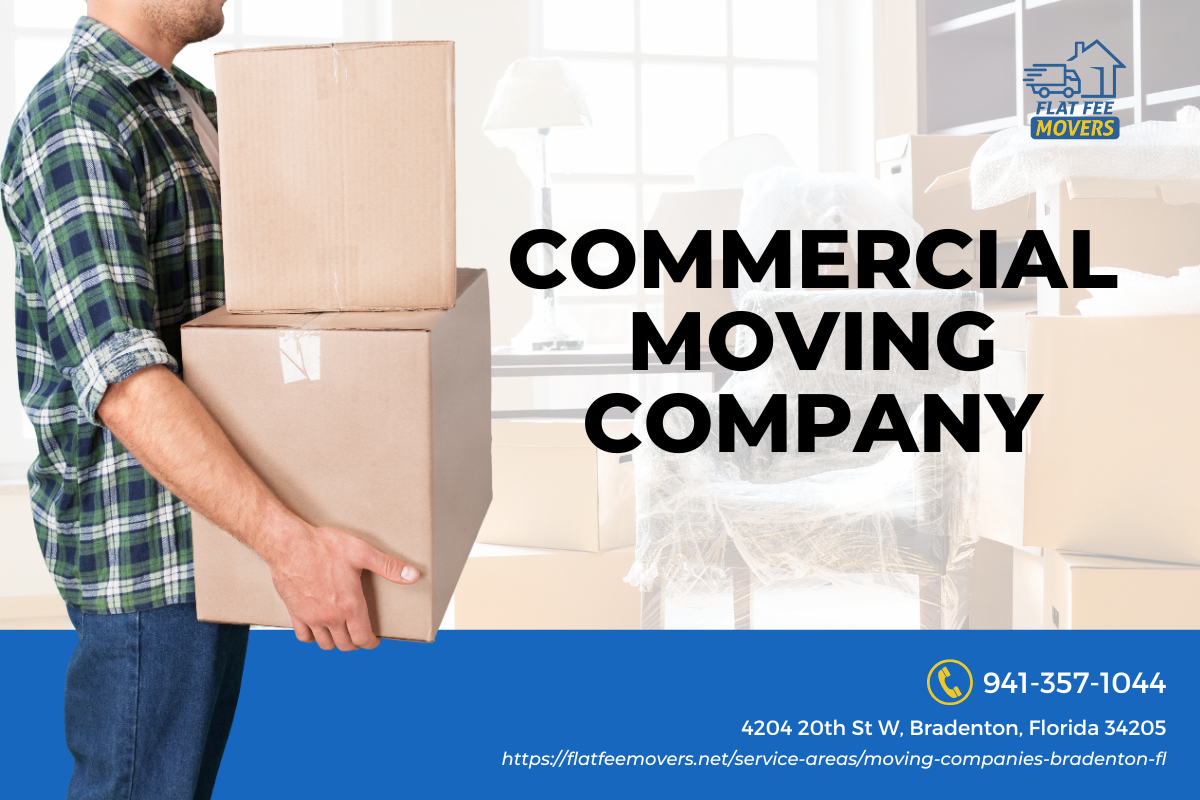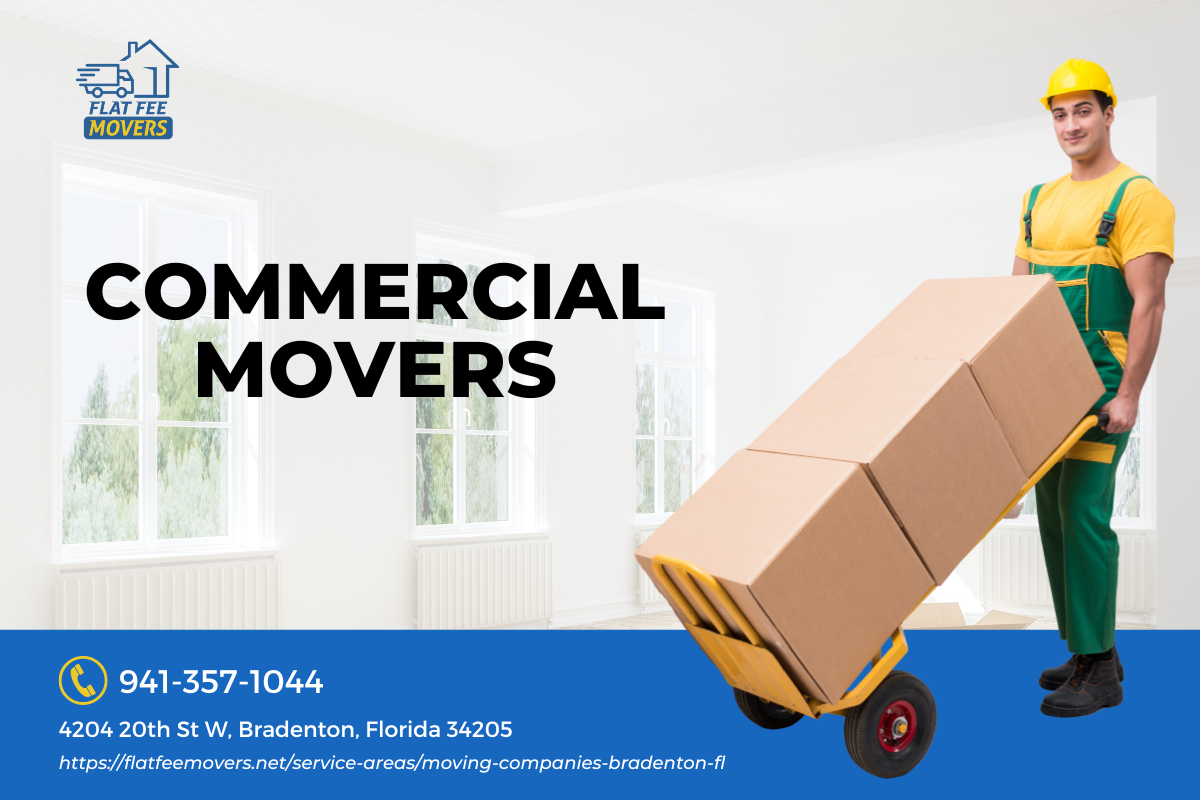


Introduction
Moving to a new office or commercial space can be an exciting time for any business. However, the process of packing and organizing all the belongings can be overwhelming. Properly organizing and labeling boxes is essential to ensure a smooth and efficient commercial move. In this article, we will provide you with expert tips and strategies on how to organize and label boxes for a https://anotepad.com/notes/7jwxccc9 commercial move.
Why Proper Organization and Labeling is Important for a Commercial Move
Before we dive into the details of how to organize and label boxes, let's understand why it is crucial for a successful commercial move.
Efficiency: Proper organization allows for efficient packing, loading, unloading, and unpacking of boxes. This saves time and reduces downtime during the move.
Easy Identification: Clear labels make it easier to identify the contents of each box, enabling employees to find what they need quickly in the new space.
Protection of Fragile Items: By properly organizing and clearly labeling fragile items, you can ensure that they are handled with care during transportation.
Smooth Transition: Well-organized boxes help in setting up the new office smoothly, as each box can be placed in its designated area without confusion or delay.
Now that we understand the importance of proper organization and labeling let's explore some practical tips to help you achieve a seamless commercial move.
How to Organize Boxes for a Commercial Move
1. Assess Your Needs
Before you begin packing, take some time to assess your needs and determine what items will be moved to the new space. This will help you prioritize your packing process and decide which items require special handling or attention.
2. Declutter and Dispose
Moving presents an excellent opportunity to declutter your office space. Go through your belongings and identify items that are no longer needed or used. Dispose of them responsibly or consider donating them to charity.
3. Categorize Items
Categorizing your items is a crucial step in organizing your move. Group similar items together, such as office supplies, electronics, furniture, and documents. This will make it easier to pack and unpack boxes according to their categories.
4. Create a Packing Plan
Now that you have categorized your items, create a packing plan that outlines the order in which you will pack each category. Start with less frequently used items and gradually move towards essential items that will be needed until the last day in your old space.
5. Use Quality Packing Supplies
Investing in quality packing supplies is essential for the safety of your belongings during transit. Use sturdy boxes, packing tape, bubble wrap, packing paper, and markers for labeling.
6. Label Each Box
Labeling each box appropriately is key to an organized move. Use a permanent marker to write a brief description of the contents on the top and sides of each box. Include the room it belongs to and any special handling instructions such as "fragile" or "this side up."
FAQs about Organizing and Labeling Boxes for a Commercial Move
Q: How early should we start organizing and labeling boxes before the commercial move? A: It is recommended to start organizing and labeling boxes at least a few weeks before the scheduled move date. This allows ample time to sort through belongings, declutter, and pack systematically.
Q: Should we label boxes with specific employee names? A: While it may seem convenient to label boxes with employee names, it is more efficient to label them based on their content or destination room. This ensures that anyone can handle the boxes during the move without confusion.
Q: What should we do if we have confidential documents that need to be moved? A: For confidential documents, it is advisable to pack them separately and label the boxes as "Confidential." Consider using lockable file boxes or secure them with tamper-evident seals.
Q: How can we ensure the safety of fragile items during the move? A: Properly wrapping fragile items in bubble wrap or packing paper and labeling the boxes as "Fragile" will alert movers to handle them with care. Additionally, consider packing fragile items in separate boxes with extra cushioning for added protection.
Q: Should we create an inventory list of all the packed boxes? A: Yes, creating an inventory list is highly recommended. Number each box and create a corresponding list that details the contents of each box. This will help you keep track of your belongings during transit and make unpacking easier.
Q: How can we ensure a smooth unpacking process in the new space? A: Label each box with its designated room in the new space. This will allow movers to place each box in its respective area, making the unpacking process more efficient. Consider creating a color-coded system for different rooms to further simplify the process.
Conclusion
Proper organization and labeling are essential for a successful commercial move. By following these expert tips, you can ensure that your belongings are packed efficiently and safely transported to your new office or commercial space. Remember to start early, declutter, categorize items, use quality packing supplies, and label each box clearly. With proper organization and labeling, your commercial move will be a breeze. Good luck!